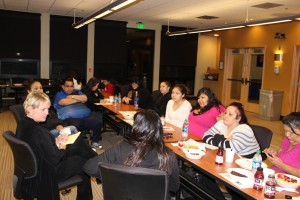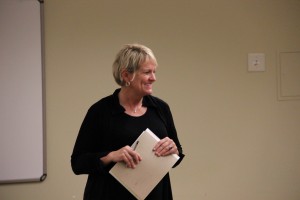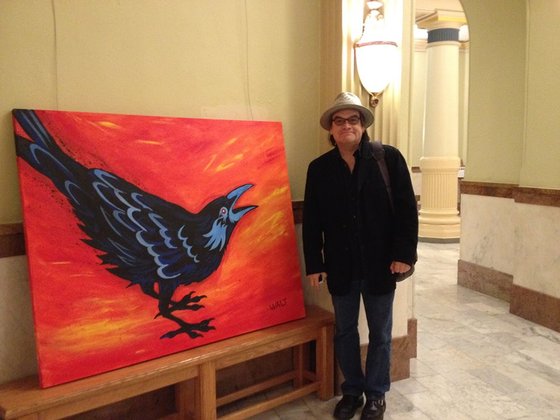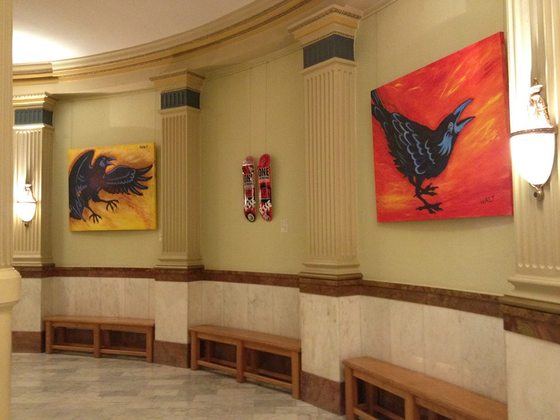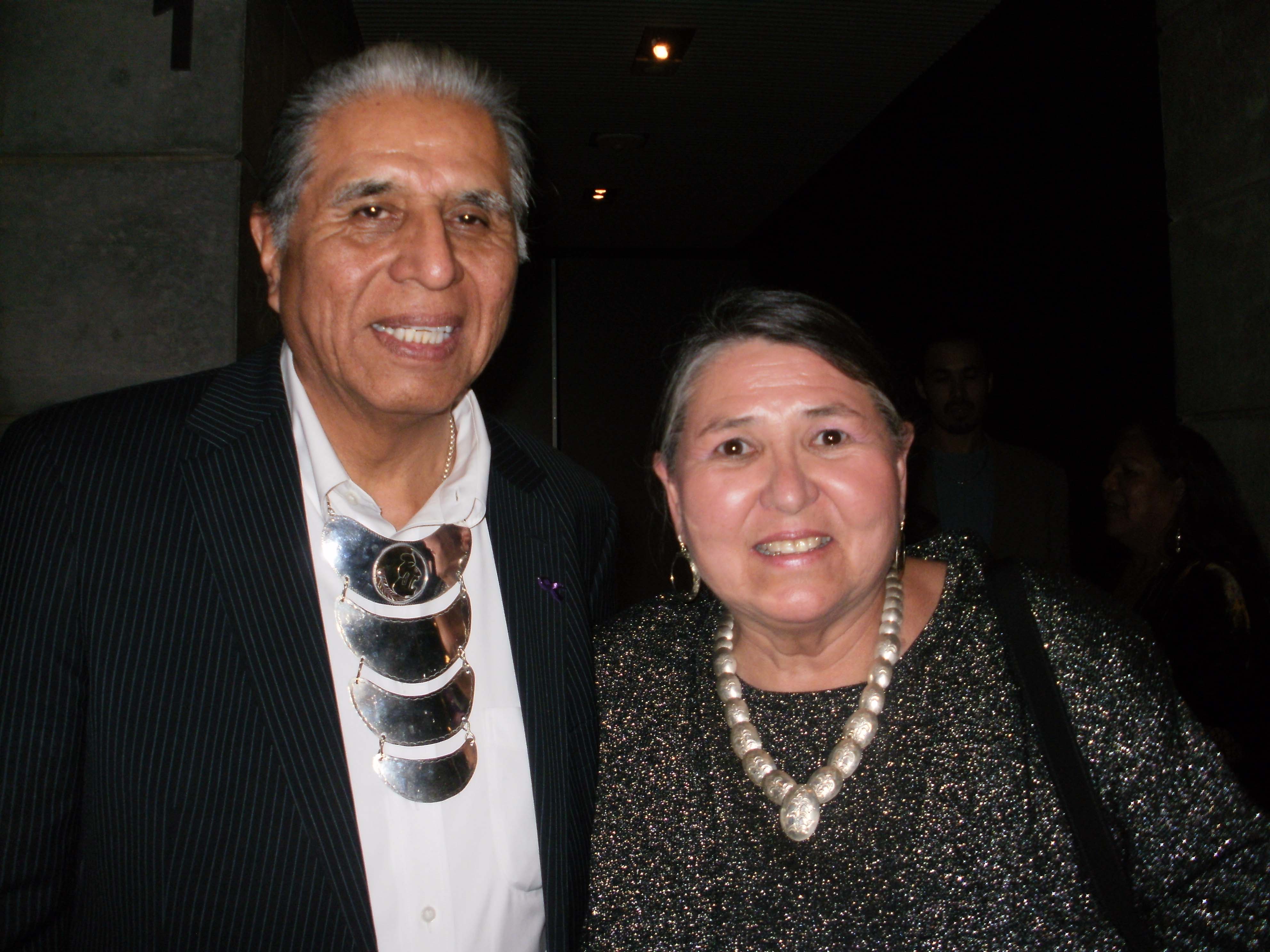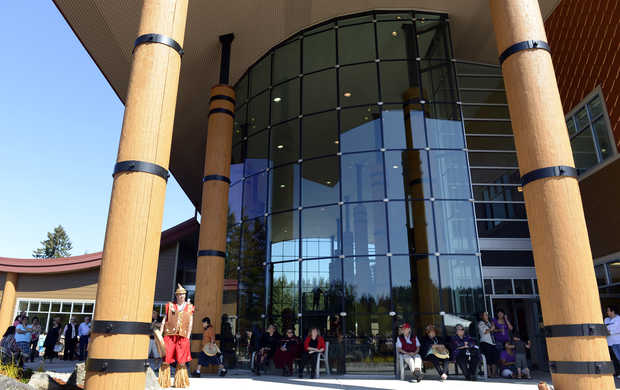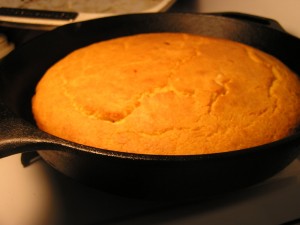by Melinda Myers
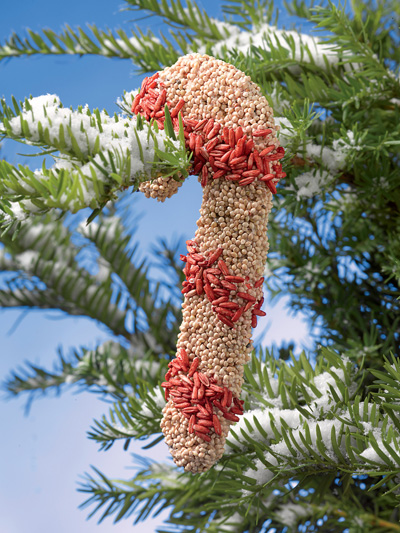
By Melinda Myers
Add a little holiday sparkle to your landscape for you and your guests to enjoy. No matter the weather outside, a few decorative touches can greatly increase the beauty and enjoyment of your winter landscape.
Try one, two or all eight of these tips to improve your landscape’s winter appeal.
Add some solar powered accents. Light a pathway, your favorite tree or front porch without installing additional outlets. Look for unique colors and shapes like the solar star lantern or the changing colors of northern lights spheres (gardeners.com) for added appeal. The wide variety now available can help create a memorable winter display. Be sure to select solar accents that provide hours of enjoyment when fully charged.
Create an outdoor holiday tree for you and your feathered visitors to enjoy. Decorate a few of your evergreen trees and shrubs with purchased or homemade birdseed ornaments. Holiday shapes made of energy rich birdseed and suet give the trees a holiday flare, while providing important food for birds to enjoy. These also make great gifts for your favorite gardener or bird watcher.
Light up your winter containers. Fill a weather-proof planter with potting mix or play sand. Purchase greens from your favorite garden center or trim a few from your landscape. Stick the cut end of the greens in the potting mix or sand to create an attractive display. Add some colorful berries, decorative twigs and ribbon. Then add some height and light to your winter container with fiber optic solar lights. Place the container by your front steps for holiday visitors to enjoy day or night.
Increase color and motion with the help of heated birdbaths. Attract greater numbers and variety of birds by providing water year round. Northern gardeners should consider heated birdbaths to insure water is available even during the coldest months. Further help the birds by adding a few stones or branches to the birdbath. This allows the birds to drink without getting wet; helping them to preserve their body heat.
Create your own homemade outdoor lights. Line pathways, accent plantings or dress up fence posts with ice globe luminaries. Produce your own or purchase ready to make kits. Use colorful outdoor LED lights or tea candles to light up blocks or spheres of ice. You and your family will have fun creating these memorable nighttime accents.
Add some livable art. Hang a few colorful and unique birdhouses in your backyard. They provide color and whimsy to the winter garden and will be ready for your feathered friends to move in this spring.
Include a “gingerbread” house for the birds. Hang decorative birdseed houses from a shepherds crook or tree branch. Be sure to place it in an area where you and the birds can enjoy the decorative treat. Look for a sheltered, but open area where the birds can watch for predators while enjoying their winter feast.
Move your holiday tree outdoors. Place your cut tree in a snow bank, vacant spot in the garden or make it part of your bird feeding station. The tree provides some extra greenery in the often drab winter landscape as well as shelter for the visiting birds. Then add a few of those birdseed ornaments for added food and winter decoration.
Gardening expert, TV/radio host, author & columnist Melinda Myers has more than 30 years of horticulture experience and has written over 20 gardening books, including Can’t Miss Small Space Gardening. She hosts The Great Courses “How to Grow Anything” DVD series and the nationally syndicated Melinda’s Garden Moment segments. Myers is also a columnist and contributing editor for Birds & Blooms magazine. Myers’ web site, www.melindamyers.com, offers gardening videos and tips.




